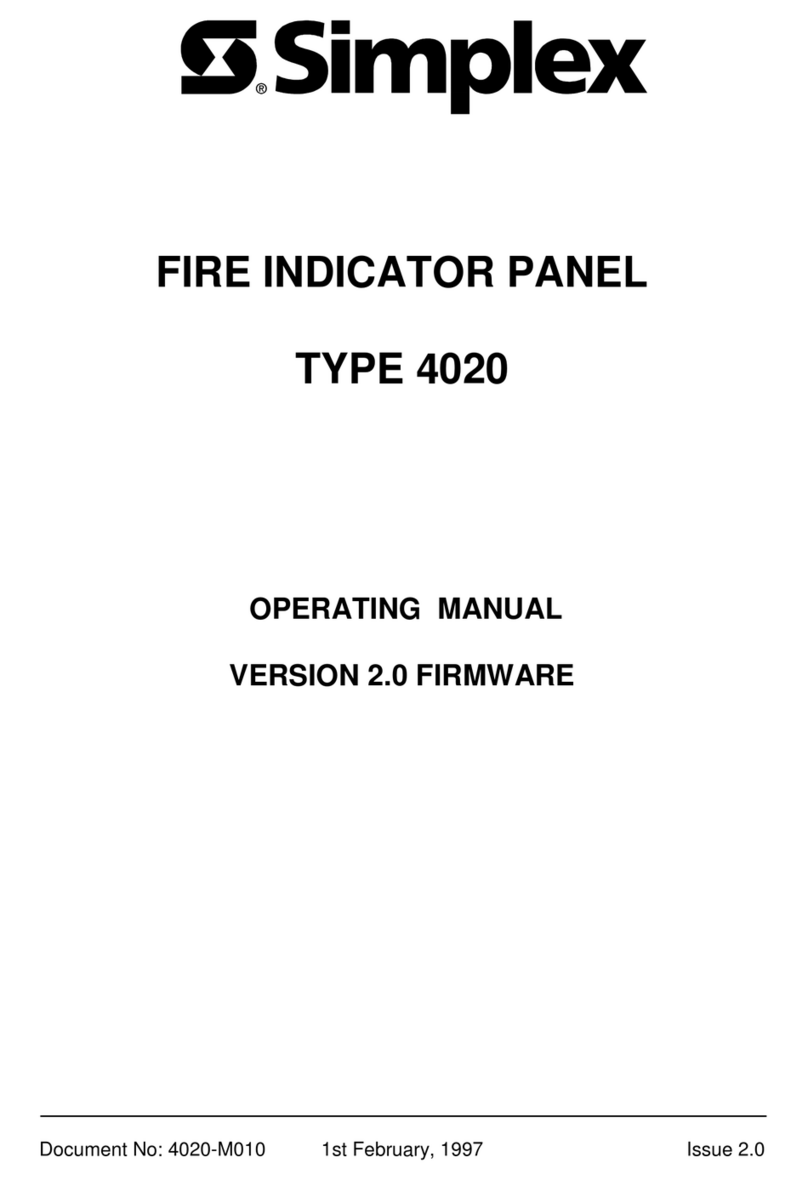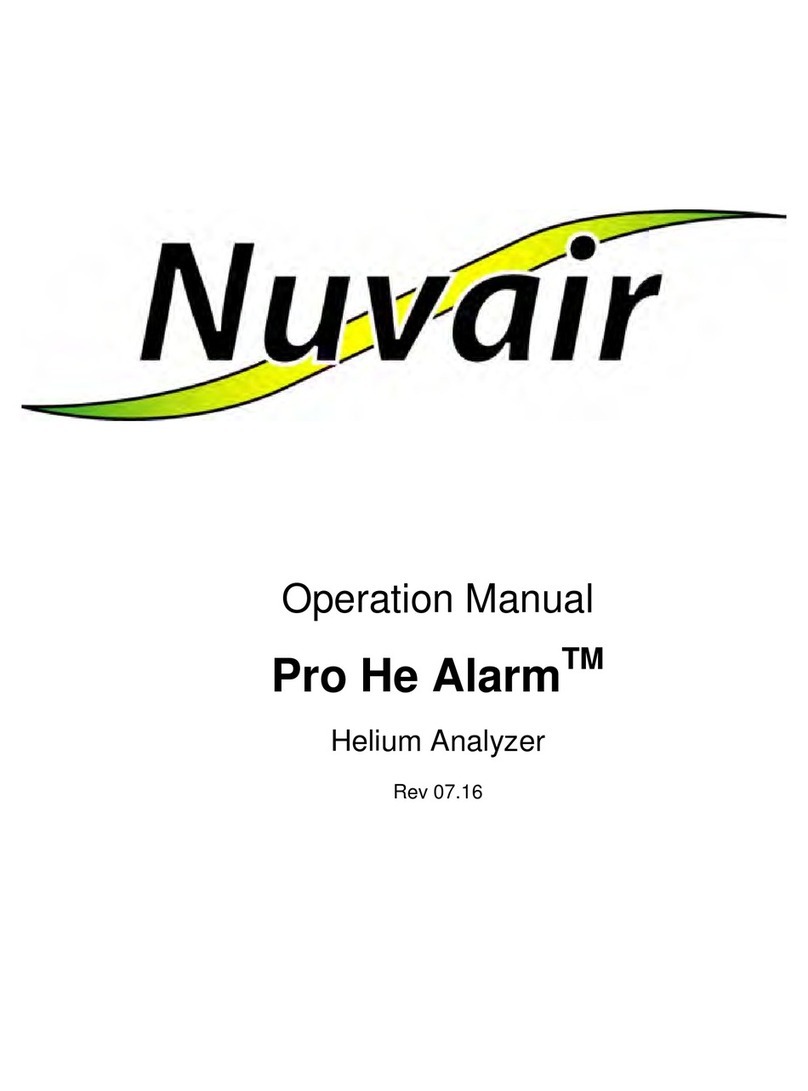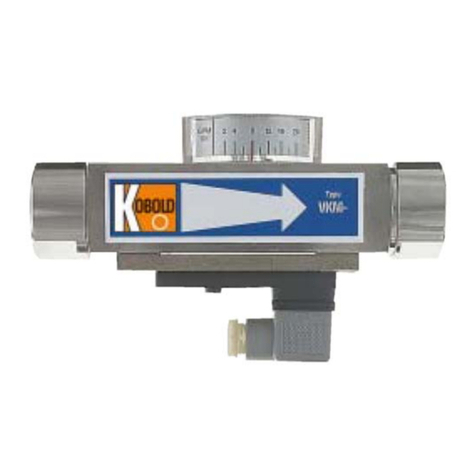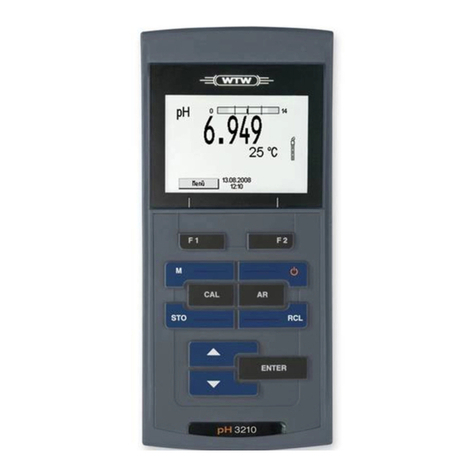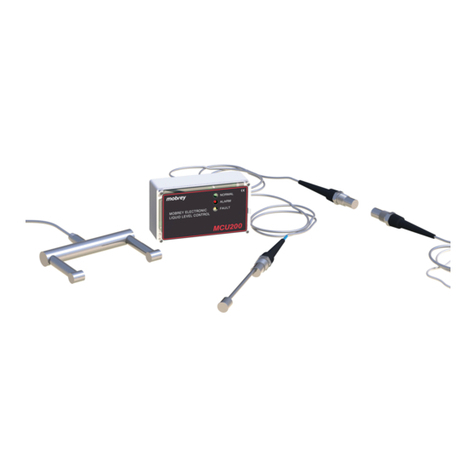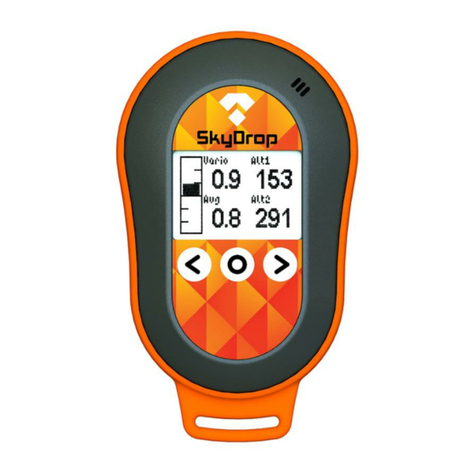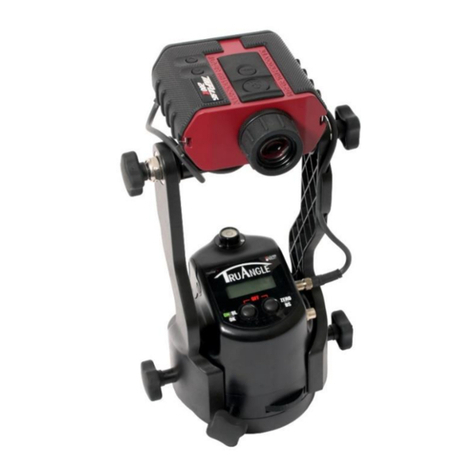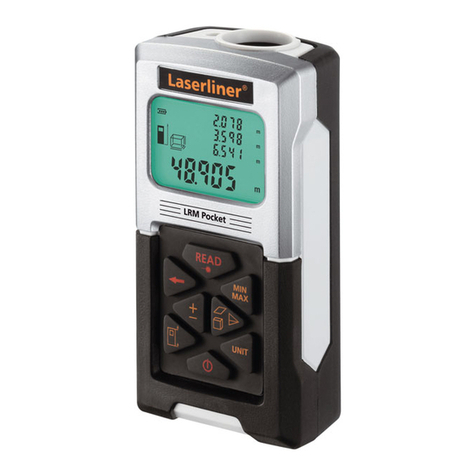SPL-Laboratory LCD Bass Meter SE User manual

LCD Bass Meter SE
User Manual
Portable multi-purpose spectrum analyser
2017
Kirill Berezin
Spl-Lab
12.01.2017

2
Table of Contents
Table of Contents ............................................................................................................................2
General Information ........................................................................................................................3
Ergonomics..................................................................................................................................3
Package Contents.........................................................................................................................3
Working with the device..................................................................................................................4
Important safety information:......................................................................................................4
Identifying the functional parts of the device:.............................................................................5
Device power supply: ..................................................................................................................6
Starting the work and configuring the device..............................................................................7
Connecting to PC via the USB port.............................................................................................7
Firmware upgrade using PC ........................................................................................................8
Operationmodes.............................................................................................................................10
SPL Measuring Mode ................................................................................................................11
AVG Measuring Mode ..............................................................................................................12
Description of the CD tracks.........................................................................................................13

3
General Information
The LCD BASS METER portable noise meter is intended for measuring the noise level and
sound pressure at the low frequency. The source of the measured signal can be provided by both
industrial equipment and acoustic systems. The main advantage of this noise meter is complete
autonomy of work. For carrying out measurements you won't need a computer; all data is
processed and calculated in the device and depicted on its display. If it is necessary to receive
more detailed information, such as spectrum or signal waveform, the device can be connected to
a PC using USB port. Using the NEXT-LAB SPL Sensor pressure transducer allows receiving
results with high accuracy of 0.1 dB. The device has Lab-Bus digital bus port, to which the
pressure sensor, microphone or power sensor can be connected. When user at the beginning
purchases, for example, a set for measuring sound pressure, in future they can supplement it with
the microphone for measuring AFC or with the power sensor for measuring current and voltage.
Ergonomics
The LCD BASS METER device is performed as the main unit and detachable sensor with
vacuum suction cups for affixing in to any smooth surface, for example, glass. The the cable
between the main unit and the sensor can be several meters long, which allows a user to be at
some distance from the spot of measurement. At the main unit there are controls and two-line
LCD display with micro-light for comfortable use of the device indoors or in the passenger
compartment of a car. The device can operate on batteries, which should be inserted into the
case, or from USB. The USB port is intended for power supply, updating the microcode and
transferring data to a PC. The case of the device is made of the shockproof plastic material.
Package Contents
Main unit
USB connection cable for charging and connecting the device to a PC
Spl-Lab Measuring Center software for Windows
Audio-CD with audio tracks for tuning (sine, sweep-tones, noise)

4
Working with the device
Important safety information:
!The manufacturer does not bear responsibility for damage, caused directly or indirectly, as a
result of improper use of device.
!Before using the device, examine its case for cracks and splits, because any depressurization
of the device will result in its breakage.
!To avoid the risk of electric shock all the connector cables should not have insulation defects.
!Avoid measuring load beyond the maximum limit.
!All operations of connecting and disconnecting connection cables should be performed with
equipment switched off.
!Do not use or store the device in the areas with high humidity or heat, as well as, close to the
devices, generating strong magnetic field.
!During the preventive maintenance of the device do not use the synthetic detergents, do not
apply solvents. Using wet wipes is more preferable.
!Before starting the device and a system on the whole, ensure that all the connection cables are
switched correctly.
!Do not use the device at temperatures below 0 C and above 40 C.

5
Identifying the functional parts of the device:

6
No.
Element
Assignment
1
Button 1
for switching the device operation modes
2
Lab-Bus port
input jack for connecting the external sensors
3
Button 2
the button assignment depends on the mode
4
Power indicator
three-coloured LED for indicating status of the device
5
Button 3
the button assignment depends on the mode
6
USB port
slot for connecting device to the PC or charger
7
Button 4
the button assignment depends on the mode
8
Display
text display with automatic dimming of display backlight
9
Feed switch
the slide switch for switching the device on/off
Device power supply:
The device has battery compartment, which holds four AA type batteries/rechargeable batteries.
The device runtime from batteries depends on the intensity of use and the type of sensors
connected. The device can be also powered through USB, using a charger or PC. Use the LED-
indicator for estimating a status of the device (according to the table below):
Green
Orange
Red
Glows
continuously
The device is on and operates from
the battery, battery charge is normal.
The device is on and operates from
external source of power, connected
via USB.
The device is off and
connected to external source
of power via USB.
Blinks
The device is on and operates from
the battery, battery charge is low.
Batteries should be replaced!

7
Starting the work and configuring the device
Connect the sensor to Lab-Bus port. Switch the device on using the slide switch. After it is
switched on you will enter the configuration mode - CFG MODE. The name shows up on the
display immediately before entering a mode.
Use button 2 for switching between menu entries. Use buttons 3 and 4for changing the value of
selected menu entry.
Sensor Type –selecting the type of sensor, connected to Lab-Bus port
Lighting –enabling/disabling backlight and setting automatic display backlight dimming
in seconds. Backlight goes off after the defined period of time and switches on when any
button is pressed. Please, pay attention that running time decreases, when the display
backlight is used. It is recommended to use an automatic backlight dimming option for
saving the battery.
Calibration –selecting the type of calibrations, used for measuring in SPL и AVG
modes: “Classic” or “Magnum”. The measurement results will differ depending on the
selected calibrations.
Connecting to PC via the USB port
Switch the device on and wait until the CFG MODE mode is loaded. Connect the device to a PC
using USB port. Install drivers from the CD, which is included into the delivery set, or download
them from Support section at Spl-Lab web site www.spl-lab.ru. Install the drivers and start Spl-
Lab Measuring Center for connecting with the device. After device is successfully connected to
the PC, the display of the device will show Connected to PC.

8
Firmware upgrade using PC
Download the latest firmware version from Support section of the www.spl-lab.ru web-
site.
Connect the device to a PC using USB cable.
Unpack the archive with firmware to hard drive.
Run Loader.exe and select firmware file.
Set a number of COM Port according to Port in Device Manager
(My Computer –Device Manager –LPT and COM Ports–Virtual COM Port)
Switch the device on and within 3 seconds press “Start load” in the program.

9
Wait until firmware is successfully downloaded onto the device.

10
Operation Modes
There are several operation modes in the LCD BASS METER. The name shows up on the
display immediately before entering a mode. Modes are changed cyclically using button 1.
Apart from the general operation modes there are measuring modes. Each measuring mode has
unique algorithm for conducting measurements. The measuring mode will be disabled in case the
required equipment is unavailable.
“CFG MODE” is the configuration mode. The device automatically enters this mode
after switched on.
“SPL MODE” is the mode used for measuring the peak value of the sound pressure
level for signals with frequency ranging from 10 to 120 Hz with resolution of 1 Hz. In
this mode the waveform, spectrum, level and distortion of the measured signal are
reflected. The mode works with Next-Lab SPL Sensor.
“AVG MODE” is the mode used for measuring time-average peak value of the sound
pressure level of the signal with frequency ranging from 10 to 120 Hz with resolution of
2 Hz. In this mode the level of the measured signal is reflected. The mode works with
Next-Lab SPL Sensor.
“Connected to PC” is the mode switches on automatically after device establishes
connection with a PC via USB or Wireless network. The type of current connection is
displayed. Managing the device is unavailable in this mode. For exiting the mode disable
the connection on the PC.

11
SPL Measuring Mode
The SPL mode is intended for measuring the sound pressure level of the low frequency sound
signals. The length of the analysed part of the signal equals to one second. The resultant value of
the sound pressure level is calculated from several spectral components for each analysed part of
the signal separately.
“157.9 dB” is a section displaying the main result
“45Hz” is a section displaying the frequency
“PH”–the indicator that is responsible for enabling/disabling the Peak hold mode. Use
the button 4 to enable/disable the Peak hold mode. The main result section holds the
maximum amplitude reached during the entire time of measurement, and in the frequency
area - the frequency at which the maximum amplitude value was reached. Collected data
is reset by pressing button 4 twice.
“146.2dB” - is a section displaying the current result (not being displayed if the Peak
Hold (PH) mode is not enabled)
“THD=2.3%” is the harmonic distortion coefficient value of the signal

12
AVG Measuring Mode
The AVG mode is intended for measuring the time-average sound pressure level of the low
frequency sound signals. The length of the analysed part of the signal equals to 1/2 second.
Current value of the sound pressure level is calculated from several spectral components
separately for each analysed part of the signal. The resultant value is arithmetic average of peak
figures, selected within the number of analysable parts of signal, specified in the “P” parameter.
“139.7 dB” is a section displaying the main result
“50 Hz” is a section displaying current frequency
“P1” is the defined period value. For changing the period, use button 2.
“120.3 dB” is a section displaying the current result
“T:None” indicates duration of the current measurement in seconds. For
starting/stopping the measurement press button 4.Before starting measurement the 5
seconds long countdown is provided.

13
Description of the CD tracks
The CD included in the Spl-Lab equipment distribution kit alongside with software contains
specialised audio tracks with test signals for adjusting a system. Consider that these tracks are
recorded not in the file form, but as tracks in Audio-CD format. For playing back the tracks from
the CD use specialised software or CD player. It is possible that some CD player models will not
read the audio content of the CD. In such case or if it is more convenient for you to use the audio
files, download the archive with test signals from “Support” at Spl-Lab web site. Table with
track description below:
No. of track
Contents
Track 1
Pink noise 20-20 000 Hz
Track 2
Pink noise 40-60 Hz
Track 3
Pink noise 60-80 Hz
Track 4
Pink noise 80-100 Hz
Track 5
Pink noise 100-120 Hz
Track 6
Pink noise 120-140 Hz
Track 7
Pink noise 140-160 Hz
Track 8
Pink noise 160-180 Hz
Track 9
Sweep-tone 30-20 Hz Level –0 dB.
Track 10
Sweep-tone 35-25 Hz Level –0 dB.
Track 11
Sweep-tone 40-30 Hz Level –0 dB.
Track 12
Sweep-tone 45-35 Hz Level –0 dB.
Track 13
Sweep-tone 50-40 Hz Level –0 dB.
Track 14
Sweep-tone 55-45 Hz Level –0 dB.
Track 15
Sweep-tone 60-50 Hz Level –0 dB.
Track 16
Sweep-tone 65-55 Hz Level –0 dB.
Track 17
Sweep-tone 70-60 Hz Level –0 dB.
Track 18
Sweep-tone 75-65 Hz Level –0 dB.
Track 19
Sweep-tone 80-70 Hz Level –0 dB.
Track 20-80
Sine signal. The number of track corresponds to the signal frequency. Level –0 dB.
Track 81
Sweep-tone: Sweep-tone 20-20,000 Hz Level –0 dB.
Track 82
Sine signal with frequency of 100 Hz
Track 83
Sine signal with frequency of 200 Hz

14
Track 84
Sine signal with frequency of 1,000 Hz
Track 85
Sine signal with frequency of 2,000 Hz
Table of contents
Other SPL-Laboratory Measuring Instrument manuals
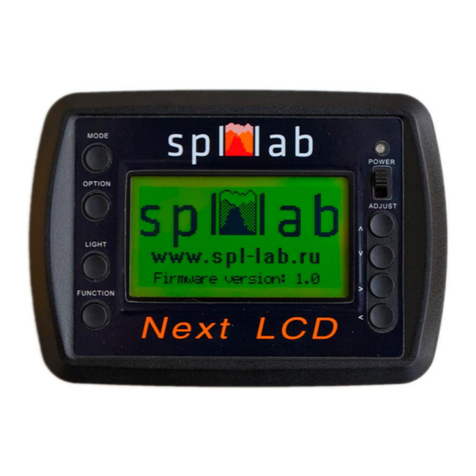
SPL-Laboratory
SPL-Laboratory Next-LCD 2015 User manual
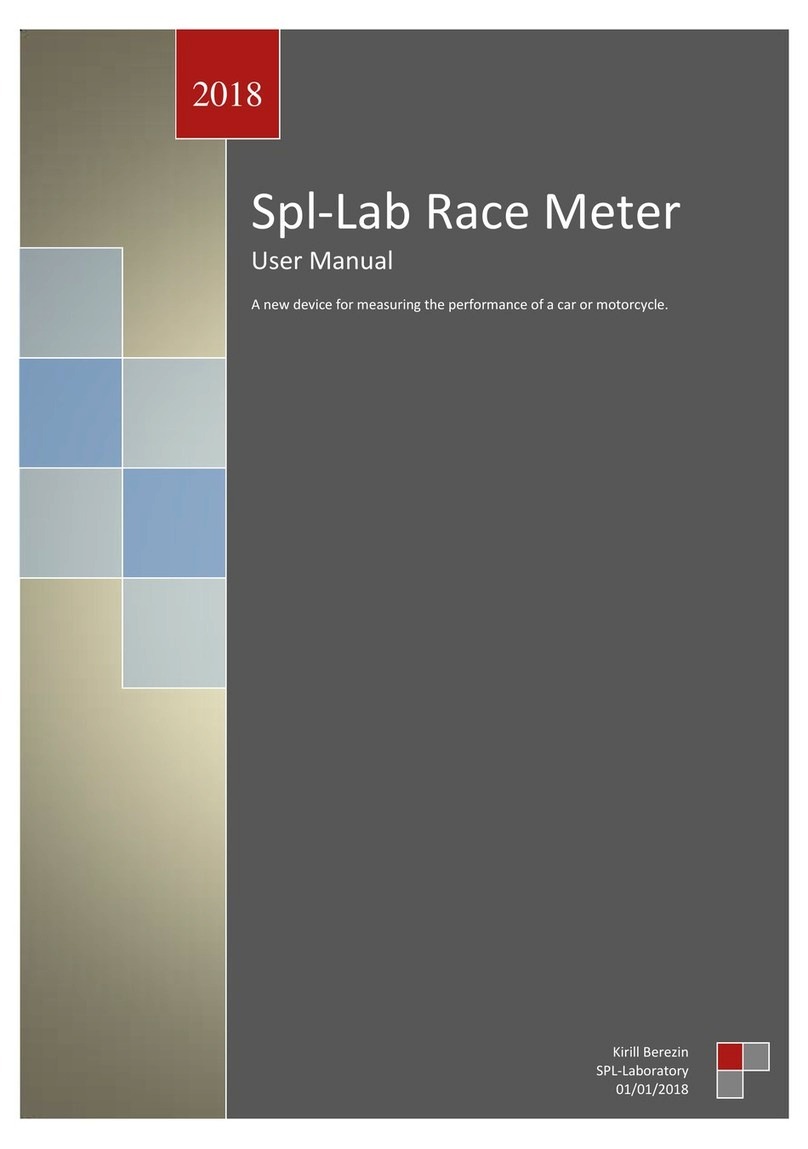
SPL-Laboratory
SPL-Laboratory Race Meter 2018 User manual

SPL-Laboratory
SPL-Laboratory Wireless Bass Meter User manual
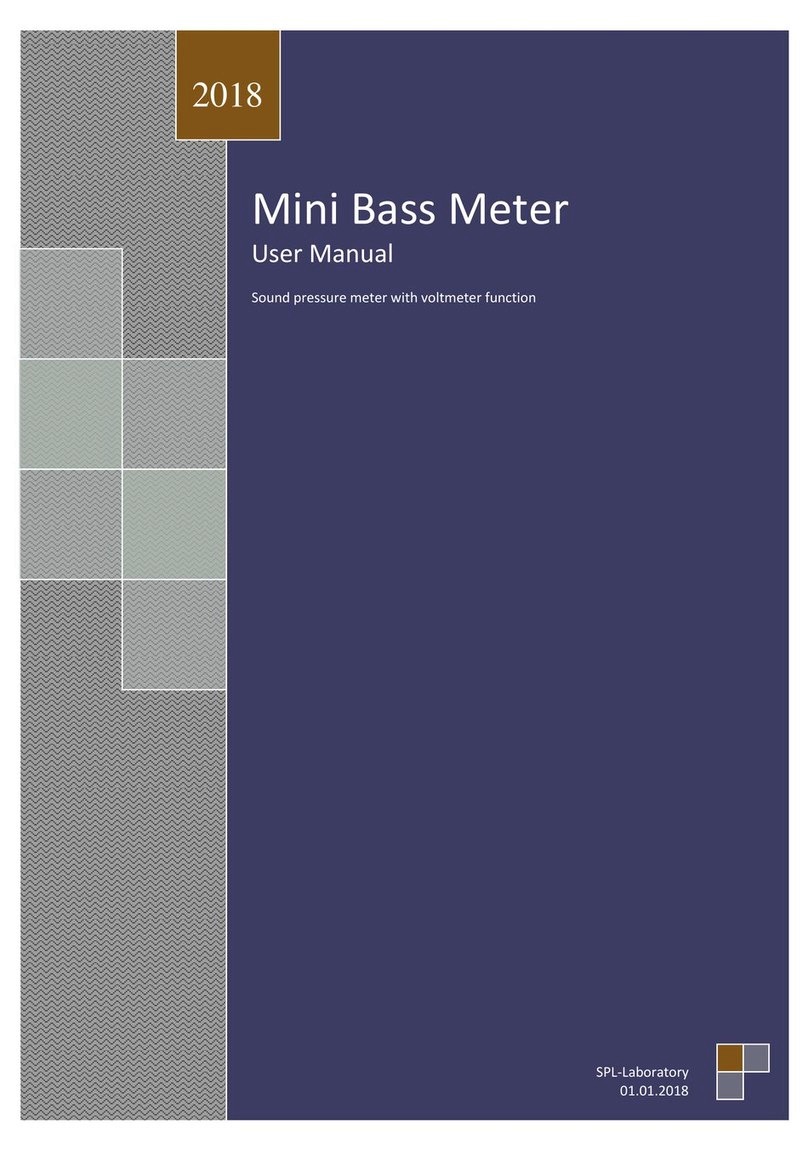
SPL-Laboratory
SPL-Laboratory Mini Bass Meter 2018 User manual

SPL-Laboratory
SPL-Laboratory Smart Voltmeter 2014 User manual

SPL-Laboratory
SPL-Laboratory Mini Bass Meter 2016 User manual
Popular Measuring Instrument manuals by other brands
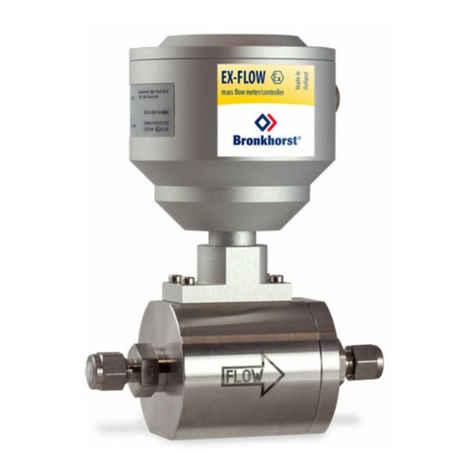
BRONKHORST
BRONKHORST F-112AX instruction manual
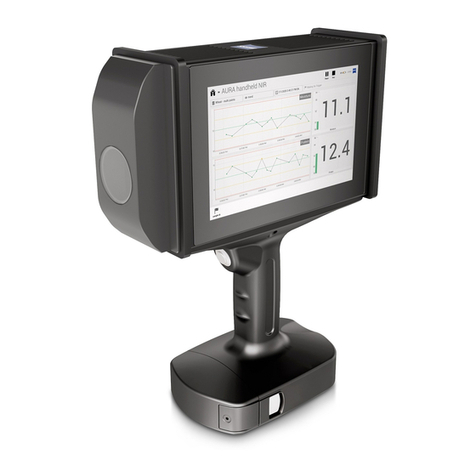
Zeiss
Zeiss AURA handheld NIR Maintenance and Repair Manual
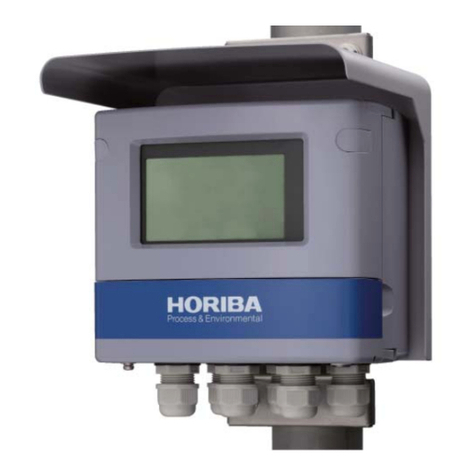
horiba
horiba HU-200TB SS-120 instruction manual

LaserLine
LaserLine QUAD 1000 Owners manual – operation guide

Sokkia
Sokkia SET 550 Setup and operation
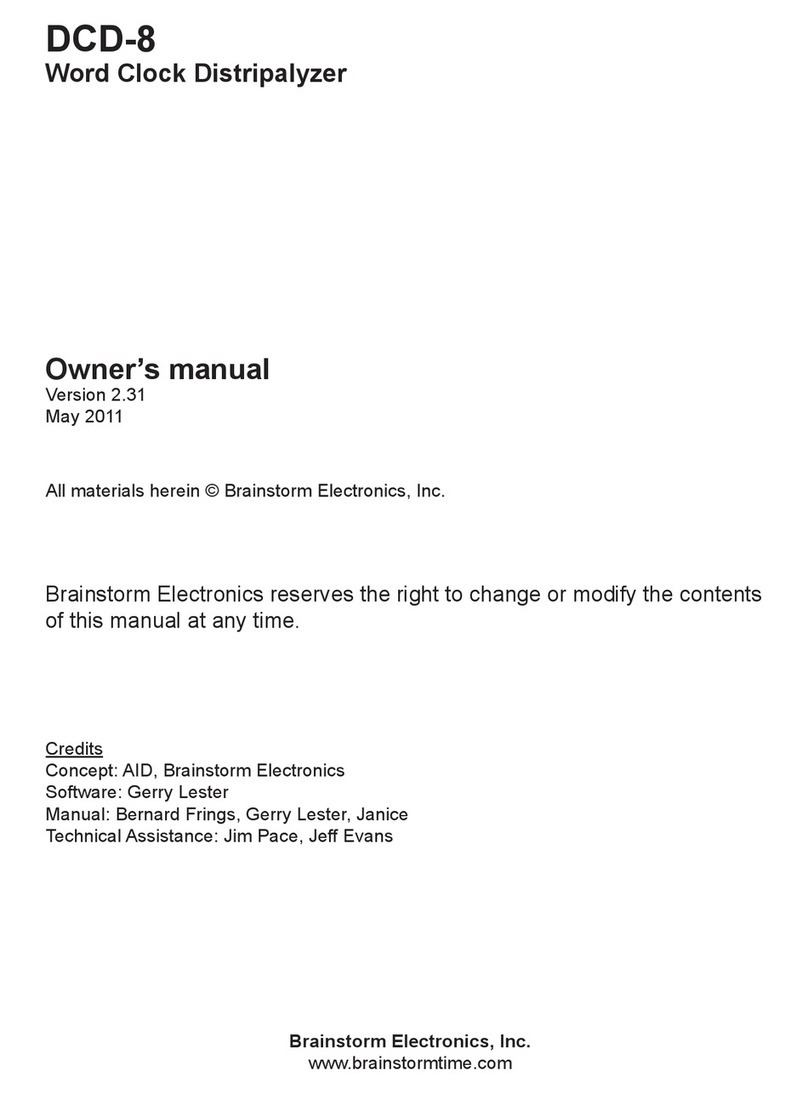
Brainstorm Electronics
Brainstorm Electronics DCD-8 owner's manual
